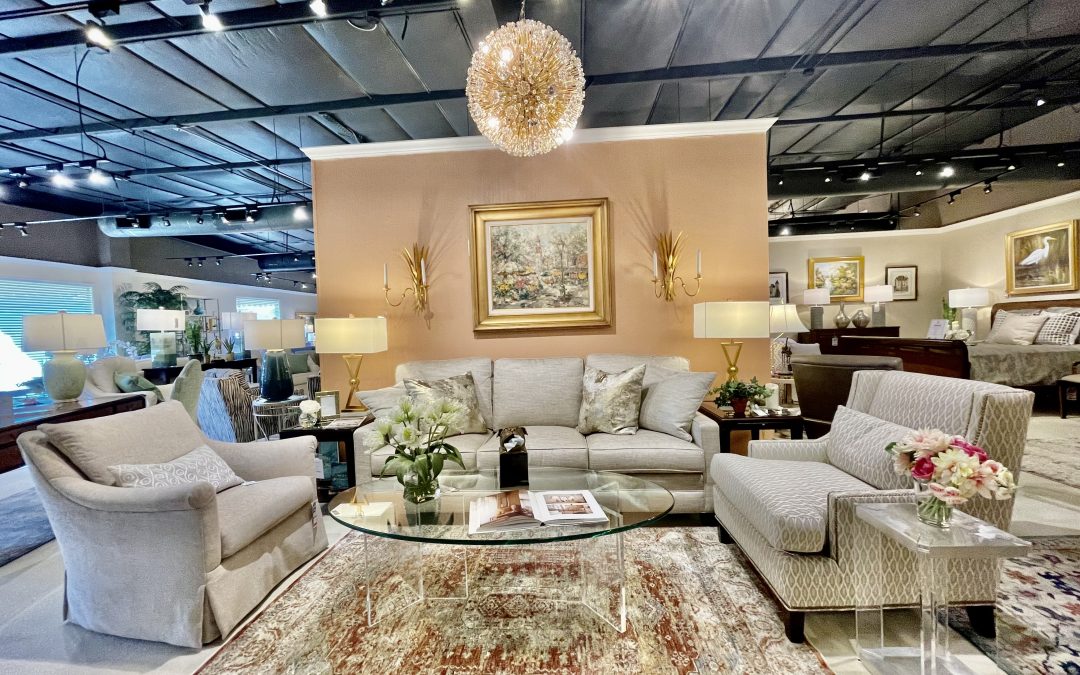While the majority of interior design is an entity of personal preference, there is a primitive concept that surpasses differences in style. The following principle of scale and proportion can help you make accommodations to your new or existing interiors. Oftentimes clients are astounded by the result that scale modifications make within their living spaces.
Defining Scale and Proportion
Scale indicates the size of one object in relation to another object. When thinking about furniture design, it refers to how well the furniture pieces fit within your space. Whereas proportion refers to a general relationship in size between two objects. Essentially, it only refers to how well the furniture pieces fit together.
How Does Enforcing the Golden Ratio?
While the golden ratio, also known as the rule of thirds or the 60-30-10 rule, may seem like a difficult term to understand, your eyes can easily recognize when something looks disarranged, or out of scale. The golden ratio is the theory of thirds and exists as a natural phenomenon in nature, which uses the Fibonacci sequence to explain why things look so pleasing to the eye. Interior designers use the golden ratio to design cohesive and congenial living spaces.
Composition of Furniture Using the Rule of Thirds
When investing in furniture pieces, consider the two-thirds, or one-third, rule. Your furniture should acquire two-thirds of the floor space leaving one-third of the room vacant for fluent traffic circulation, or accent seating. The key is to use two-thirds, or one-third if you prefer smaller pieces, as a scaling factor. If you purchase a couch that is two-thirds of your space, you would purchase a center table that is two-thirds of the sofa. When purchasing accent pieces of art, consider a piece that is either one-third or two-thirds of your available space.
By: Terra Jackson

